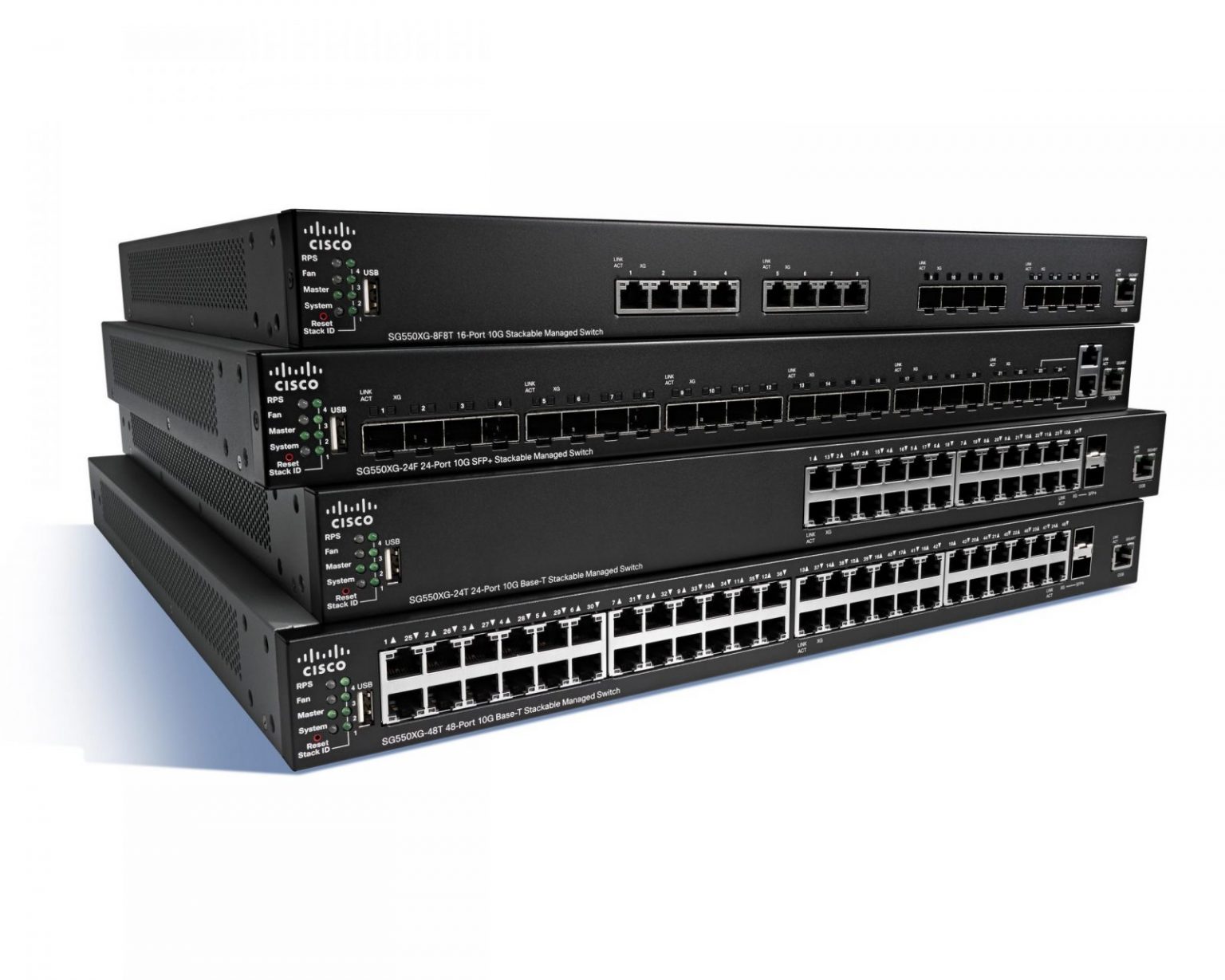A network switch forwards data packets between devices. Switches send packets directly to devices; it differs network traffic from a router.
What is the difference between a switch and a router?
Routers select paths for data packets to cross networks and reach their destinations. Routers do this by connecting with different networks and forwarding data from network to network — including LANs, wide area networks (WANs), or autonomous systems. These large networks make up the Internet.
In practice, routers are necessary for an Internet connection, while switches are only used for interconnecting devices. Homes and small offices need routers for Internet access, but most do not need a network switch unless they require many Ethernet* ports. However, large offices, networks, and data centers with dozens or hundreds of computers usually require switches.
*Ethernet is a layer 2 protocol for sending data between devices. Unlike WiFi, Ethernet requires a physical connection via an Ethernet cable.
What is a layer 2 switch? What is a layer 3 switch?
Network switches can operate at OSI layer 2 (the data link layer) or layer 3 (the network layer). Layer 2 switches forward data based on the destination MAC address (see below for definition), while layer 3 switches forward data based on the destination IP address. Some switches can do both.
Most switches, however, are layer 2 switches. Layer 2 switches are most often connected to the devices in their networks using Ethernet cables. Ethernet cables are physical cables that plug into devices via Ethernet ports.
What is an unmanaged switch? What is a managed switch?
An unmanaged switch creates more Ethernet ports on a LAN so that more local devices can access the Internet. Unmanaged switches pass data back and forth based on device MAC addresses.
A managed switch fulfills the same function for much larger networks and offers network administrators much more control over how traffic is prioritized. They also enable administrators to set up Virtual LANs (VLANs) to subdivide a local network further into smaller chunks.
What is the difference between a MAC address and an IP address?
Network switches refer to MAC addresses to send Internet traffic to the right devices, not IP addresses.
Every device that connects to the Internet has an IP address. An IP address is a series of alphanumeric characters, like 192.0.2.255 or 2001:0db8:85a3:0000:0000:8a2e:0370:7334. IP addresses act like a mailing addresses, enabling Internet communications directed at that address to reach that device. IP addresses often change: because there is a limited number of IPv4 addresses, user devices are typically assigned new ones when they form a new connection with a network.
IP addresses are used at layer 3, which means computers and devices all over the Internet use IP addresses for sending and receiving data, no matter which network they are connected to. All IP packets include their source and destination IP addresses in their headers, just as a piece of mail has a destination address and a return address.
In contrast, a MAC address is a permanent identifier for each piece of hardware, somewhat like a serial number. Unlike IP addresses, MAC addresses do not change. MAC addresses are used at layer 2, not layer 3 — which means they are not included in IP packet headers. In other words, MAC addresses are not part of Internet traffic. They are only used inside a given network.
How do network switches know the MAC addresses of the devices in their network?
Layer 2 network switches maintain a table in memory that matches MAC addresses to the switch’s Ethernet ports. This table is called a Content Addressable Memory (CAM) table.
Suppose Computer A is connected to an Ethernet cable that plugs into the switch’s Port 1, Computer B is connected to Port 2, and Computer C to Port 3. When data arrives for Computer A, the switch consults its CAM table, sees where Computer A is connected, and knows to forward Computer A-bound traffic at Port 1, not Ports 2 or 3.
The switch’s CAM table would look something like this:
| MAC address | Port |
|---|---|
| Computer A’s MAC address | 1 |
| Computer B’s MAC address | 2 |
| Computer C’s MAC address | 3 |
The switch’s CAM table is stored in memory. If the switch is turned off, the table will disappear, and the switch has to relearn the table when it is rebooted.
Now, suppose the switch was just turned on and has not yet created its CAM table. It does not know which ports Computers A, B, and C are connected to. It also does not know their MAC addresses.
| MAC address | Port |
|---|---|
| ? | ? |
| ? | ? |
| ? | ? |
Suppose Computer A sends a message to Computer B. The switch takes the following steps to get the message to Computer B and start filling out its CAM table:
- It records Computer A’s MAC address and the port its message came in on
- It forwards Computer A’s message to all other computers on the network (except Computer A); this is known as “flooding”
- When Computer B replies, it records Computer B’s MAC address and port as well
| MAC address | Port |
|---|---|
| Computer A’s MAC address | 1 |
| Computer B’s MAC address | 2 |
| ? | ? |
Now, the switch’s CAM table knows where Computer A and Computer B are. It also knows their MAC addresses.





